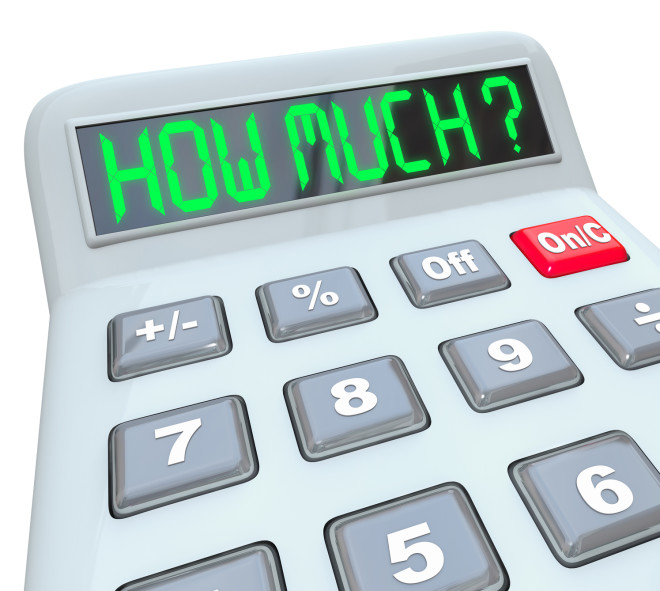What is Interchange-plus Pricing?
And how does this pricing model work?

It’s the fairest model out there.
Interchange-plus pricing works by adding a constant, flat margin on top of Interchange. So typically, Interchange-plus pricing models will also be written in the two component format, with a percentage fee and per-transaction fee above Interchange. This allows merchant service providers to price their accounts fairly, because merchants who process at higher volumes will pay more fees, but only proportionately so. The same goes for smaller merchants. By offering a constant margin, smaller merchants are not penalized for processing minimal amounts.
What this also provides is transparency. As a certified Benefit Corporation and B Corp, Dharma is committed to showing our clients where we’re making money and how. We’re also committed to a fair pricing model that ensures our merchants know what to expect. With Interchange-plus pricing, you’ll get to see exactly how much money was paid to the card-issuing banks, how much went to the card associations, and how much went to Dharma.

This isn’t how everyone operates.
This is a lot different than many other models out there. Most merchant service providers don’t disclose the Interchange rates. Instead, they only disclose the rate at which you’re assessed – meaning there is a lot of incentive to overcharge for services.
If you can’t see how much transactions cost your provider, you can’t know what they’re charging you, or if they’re doing so fairly. It’s unfortunate, but this industry has a negative reputation due to egregious fees, confusing pricing structures, and a predatory mindset towards smaller merchants.
Dharma was founded on the premise to change all that.